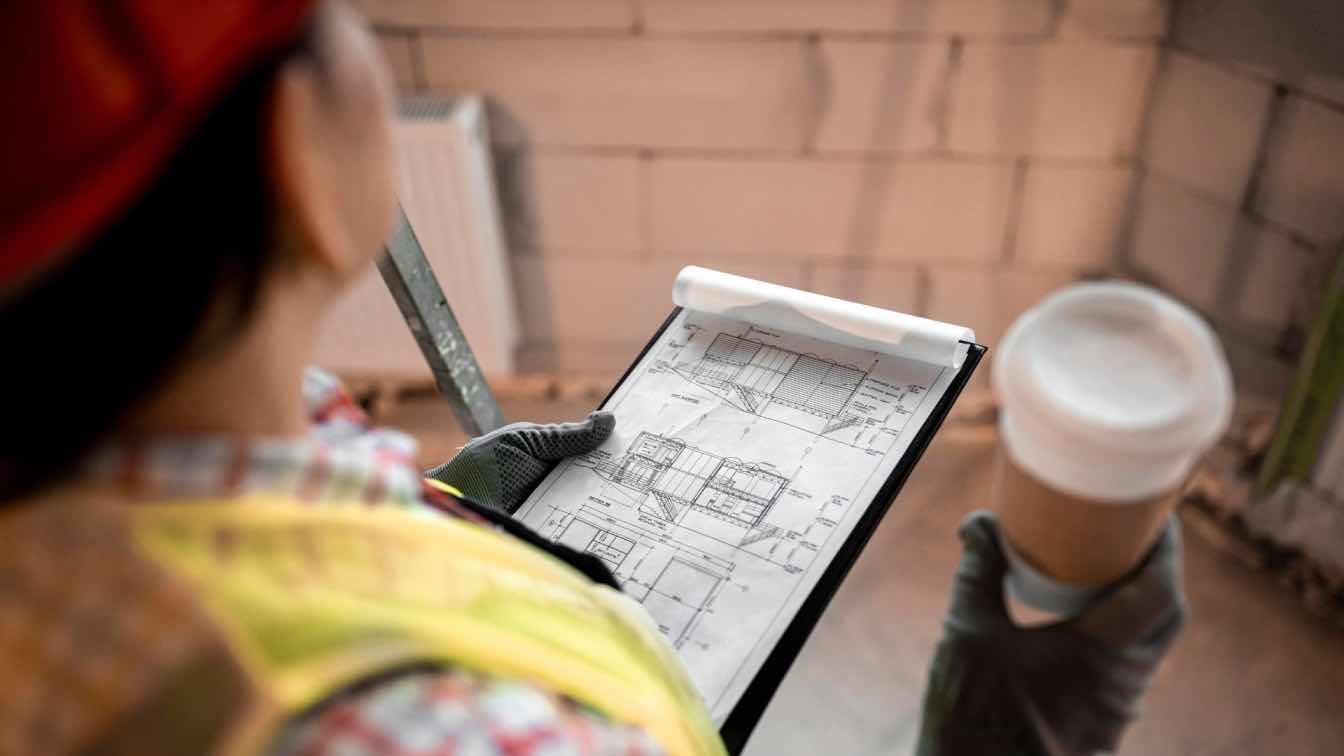Embarking on a home remodeling project can be both exciting and daunting, especially for beginners. Whether you're updating a single room or tackling a whole-house renovation, proper planning is key to ensuring a smooth and successful remodel. This guide provides a step-by-step approach to help you navigate the planning process and bring your remodeling vision to life.
Step 1: Define Your Goals
The first step in any remodeling project is to define your goals. Consider what you want to achieve with the remodel and how it will improve your home. Ask yourself questions like:
1. What specific areas of the home do you want to remodel?
2. What functional improvements do you need (e.g., more storage, better layout)?
3. What aesthetic changes do you envision (e.g., modern design, updated fixtures)?
4. How will the remodel enhance your daily life and overall enjoyment of the space?
Step 2: Set a Budget
Setting a realistic budget is crucial for any remodeling project. Determine how much you’re willing to spend and allocate funds for each aspect of the project, including materials, labor, permits, and unexpected expenses. Keep in mind that remodeling costs can vary widely based on the scope of the project and the quality of materials used. Having a clear budget will help you make informed decisions and avoid overspending.
Step 3: Research and Gather Inspiration
Take time to research and gather inspiration for your remodeling project. Browse home improvement magazines, websites, and social media platforms like Pinterest and Instagram to find ideas that resonate with your style and preferences. Create a mood board or inspiration folder to organize your ideas and visualize the overall look and feel of the remodel.
Step 4: Create a Detailed Plan
Once you have a clear vision and budget, it's time to create a detailed plan for your remodeling project. This plan should include:
1. Project Scope: Outline the specific areas to be remodeled and the changes to be made.
2. Timeline: Establish a timeline for each phase of the project, from planning and design to construction and finishing touches.
3. Materials and Fixtures: List the materials, fixtures, and finishes you want to use, including flooring, cabinetry, countertops, lighting, and paint colors.
4. Labor and Contractors: Determine whether you’ll hire contractors or complete some tasks yourself. Research and vet potential home remodeling contractors to find reputable professionals for the job.
Step 5: Obtain Necessary Permits
Depending on the scope of your remodeling project, you may need to obtain permits from your local building department. Permits ensure that the work complies with building codes and safety regulations. Common projects that require permits include structural changes, electrical work, plumbing modifications, and additions. Check with your local authorities to determine the specific permits needed for your project.
Step 6: Hire Professionals
If your remodeling project involves complex tasks or requires specialized skills, it’s essential to hire experienced professionals. This may include general contractors, electricians, plumbers, and designers. When hiring professionals, consider the following:
1. Credentials and Experience: Verify their licenses, certifications, and experience in similar projects.
2. References and Reviews: Ask for references and read online reviews to gauge their reputation and quality of work.
3. Detailed Contracts: Ensure you have detailed contracts outlining the scope of work, timeline, payment schedule, and any warranties or guarantees.
Step 7: Prepare for Construction
Before construction begins, take steps to prepare your home and minimize disruptions:
1. Clear the Area: Remove furniture, personal belongings, and décor from the areas being remodeled.
2. Set Up a Temporary Space: If remodeling your kitchen or bathroom, set up a temporary area for cooking or hygiene needs.
3. Communicate with Your Contractor: Maintain open communication with your contractor to address any questions or concerns and stay informed about the project's progress.
Step 8: Monitor Progress and Stay Flexible
During the construction phase, regularly monitor the progress to ensure that the work is being completed according to plan. Be prepared for unexpected challenges or delays, and stay flexible in adapting to changes. Regular check-ins with your contractor can help address any issues promptly and keep the project on track.
Step 9: Final Inspection and Touch-Ups
Once the construction is complete, conduct a final inspection to ensure that all work meets your expectations and complies with building codes. Address any remaining touch-ups or corrections needed to achieve the desired finish. A thorough inspection will help you identify any issues before they become more significant problems.
Step 10: Enjoy Your Newly Remodeled Home
With the remodeling project complete, it’s time to enjoy your newly transformed space. Take pride in the improvements and enhancements you've made, and appreciate the increased functionality and aesthetic appeal of your home. Whether it's a new kitchen, an updated bathroom, or a more open and inviting living area, your efforts will contribute to a more enjoyable and comfortable living environment.
Conclusion
Planning a home remodeling project can be a rewarding experience when approached with careful planning and organization. By defining your goals, setting a budget, researching ideas, creating a detailed plan, and hiring the right professionals, you can ensure a successful remodel that meets your needs and enhances your home. Remember to stay flexible, monitor progress, and enjoy the results of your hard work and dedication. Transform your living space with expert renovation services from NYC Restoration, where quality craftsmanship meets innovation in every project. Happy remodeling!





